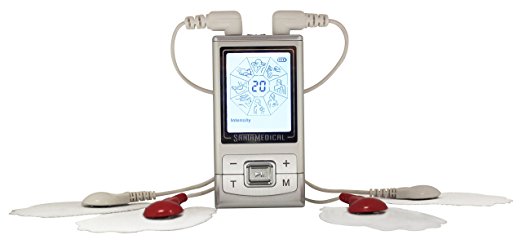Whenever there’s an accident, the first instinct in most human beings is how to help the victim. The problem comes in when the victim has abnormal breathing, is not breathing, or the situation seems out of hand, and you are not sure whether you will be helping or worsening the situation. For someone with Cardiopulmonary Resuscitation (CPR) certification, this should not be complicated since they have the prerequisite training to perform the emergency procedure until further help. CPR certification from MyCPR NOW involves the completion of a specific first aid course in an authorized institution. The training is both theoretical and practical.
In some cases, CPR alone can induce a heart rhythm. However, it may not be adequate to restore the heart into a viable rhythm. That’s where an automated external defibrillator (AED) plays a major role in shocking the heart into a viable rhythm. Below we explore three key reasons why you should add AED training to your CPR certification.
It Helps You Feel More Adequate and Confident for Cardiac Emergency
The primary purpose of administering CPR is to delay tissue death by allowing oxygenated blood in the brain and the heart. It also helps increase the chances of complete resuscitation without incidences of permanent brain damage. AED certification plays a key role, considering you are adequately trained to use the device to administer an electric shock to the victim’s heart. The process, known as defibrillation, restores the heart rhythm and is recommended as early as possible.
An AED Certification Increases Odds of Victim Survival
Studies have shown that cardiac arrest is one of the leading causes of death in the United States. With the average first responder’s time being 8-12 minutes, CPR training may help, but it has its limitations. Unlike CPR, which mainly uses hand compression and mouth-to-mouth for resuscitation, an AED analyzes the heart’s rhythm and then delivers an electric shock that helps reestablish an effective rhythm. An AED also alerts the user when a shock is not needed. Some modern IEDs use an electronic voice prompter that guides the users. Others include visual prompts for visually impaired users.
Some Models Need Professional Training
Unlike automatic IEDs that can be used with minimal training, some models need training as the user needs to guide the device by pressing some buttons. Some IEDs are age-appropriate hence the need to know what pad to use. AEDs used by emergency responders are also different from those meant for home use.
Improper use of AED can cause more harm or even death to the patient. That’s why good Samaritan laws provide some protection to the responders. This is one of the major reasons why you should receive adequate training to avoid such harm. It also comes with the confidence that you did your best to save a life regardless of the outcome.
CPR training is crucial in day-to-day life, and everyone should learn to have the skills since no one knows when they will be needed. However, CPR alone comes with limitations, especially if the heart needs to be shocked into normal rhythm. Combining CPR certification with IED training, therefore, becomes very crucial. An AED achieves better results in an emergency, and training also means you are doing the right thing and most likely not to injure or even unknowingly cause death due to limited knowledge.





